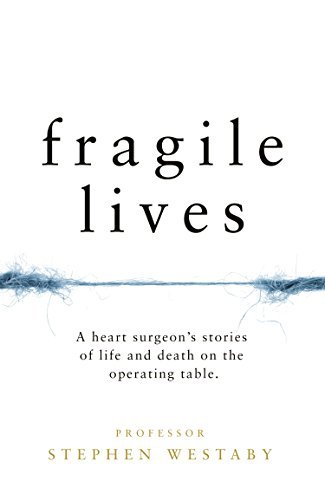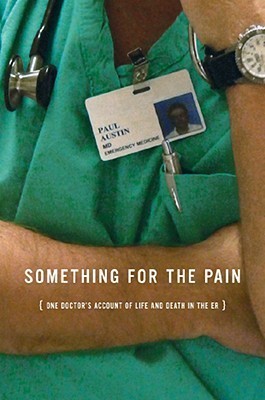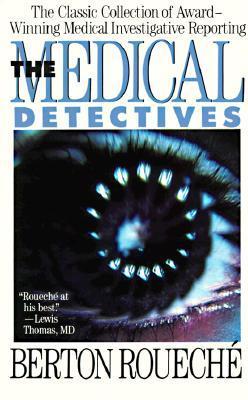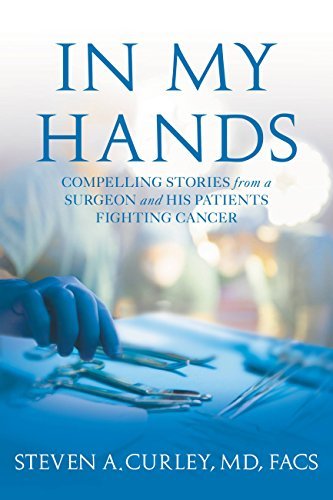
Every Patient Tells a Story: Medical Mysteries and the Art of Diagnosis
Book Description
Every medical mystery unfolds like a gripping thriller, where each symptom is a clue, and every patient holds a key to diagnosis. Lisa Sanders takes you into the heart of the hospital, where that simple cough, an unexplained bruise, or a sudden headache can spell life or death. With vivid narratives and dramatic twists, the book reveals the art and science behind diagnosing the most perplexing cases. As doctors race against time to untangle the web of symptoms and save lives, one question lingers: When does a simple story become a matter of life and death?
Quick Book Summary
"Every Patient Tells a Story" by Lisa Sanders offers an insightful journey into the complex world of medical diagnosis. Sanders, a physician and medical columnist, uses real-life cases to illustrate just how challenging—and vital—the art of diagnosis is. Through gripping narratives, she exposes not just the riveting mysteries of unusual symptoms and hidden diseases but also the human element behind medicine. The book explores the strengths and flaws of the medical system, emphasizing the importance of listening closely to patients. Sanders also discusses the detective work that goes into parsing out subtle clues from a patient’s history, physical exams, and tests, underscoring that medicine is as much an art as it is a science. Ultimately, she advocates for empathy and attentiveness in medical practice, showing that even with advanced technology, a keen understanding of each patient’s story remains essential.
Summary of Key Ideas
Table of Contents
The Art and Science of Diagnosis
Lisa Sanders explores how diagnosis sits at the intersection of science and narrative, likening the process to detective work. She draws on the stories of patients with puzzling symptoms, revealing that each case is unique, often defying textbook expectations. Sanders argues that understanding the patient’s story is foundational; a diagnosis cannot be made from tests alone—grasping the context of symptoms and the patient’s life is critical to unlocking the mystery.
Listening to the Patient’s Story
Central to the book is the patient’s narrative. Sanders demonstrates that careful listening can make or break a case. She describes how patients sometimes struggle to articulate their experience, making it the physician’s job to ask targeted questions and notice subtleties. Sanders contends that compassion and curiosity are vital traits in doctors, both for building trust and for gathering essential information that may be missed by relying only on tests.
The Role of Physical Examination
The book also emphasizes the enduring value of the physical examination. Despite advances in imaging and diagnostics, hands-on assessment remains a core skill. Sanders presents cases wherein a missed or misinterpreted finding during the physical exam led to confusion or errors. She stresses that technology should complement—not replace—the diagnostic capabilities that come from observing, touching, and interacting directly with the patient.
Human Error and Bias in Medicine
Sanders does not shy away from discussing the imperfections of the medical system. She details how cognitive biases, exhaustion, and systemic pressures can cloud clinical judgment and lead to diagnostic errors. By exploring real-world mistakes, she argues for checklists, second opinions, and humility as defenses against error, reinforcing the idea that medicine is a deeply human profession where learning from failure is essential.
The Evolving Landscape of Diagnostic Medicine
Finally, Sanders explores the transformation of modern diagnostics, examining how team-based approaches, technological advances, and patient advocacy reshape the field. Yet, she cautions against losing the personal aspect of care. She concludes that no matter how advanced medicine becomes, the key to solving medical mysteries will always be the story the patient tells—and the clinician’s ability to listen.
Download This Summary
Get a free PDF of this summary instantly — no email required.





